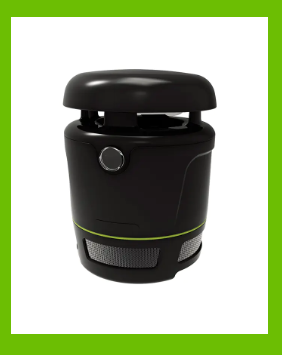Summary:A mosquito trap photocatalyst is a device that uses a combination of light and a catalyst to attract and capture mosquit...
A
mosquito trap photocatalyst is a device that uses a combination of light and a catalyst to attract and capture mosquitoes. The photocatalyst is typically made of a material such as titanium dioxide, which when activated by ultraviolet light, produces reactive oxygen species that can break down organic matter, including the scent molecules that attract mosquitoes.
The mosquito trap photocatalyst works by emitting ultraviolet light, which attracts mosquitoes and other flying insects. Once the insects come in contact with the photocatalyst, the reactive oxygen species produced by the photocatalytic reaction break down the scent molecules, making it difficult for the mosquitoes to locate their prey or breeding sites.
The mosquitoes are then either trapped in a sticky glue trap or sucked into a collection chamber by a fan, where they can be disposed of. Some mosquito trap photocatalysts also include additional features such as a heat source or a CO2 emitter to make them even more effective at attracting mosquitoes.
Overall, mosquito trap photocatalysts can be an effective tool in controlling mosquito populations and reducing the risk of mosquito-borne illnesses. However, it is important to note that they are not a complete solution and should be used in combination with other mosquito control measures such as removing standing water, using mosquito repellents, and wearing protective clothing.




 China Steam Cleaning Machine SuppliersPrivacy
China Steam Cleaning Machine SuppliersPrivacy